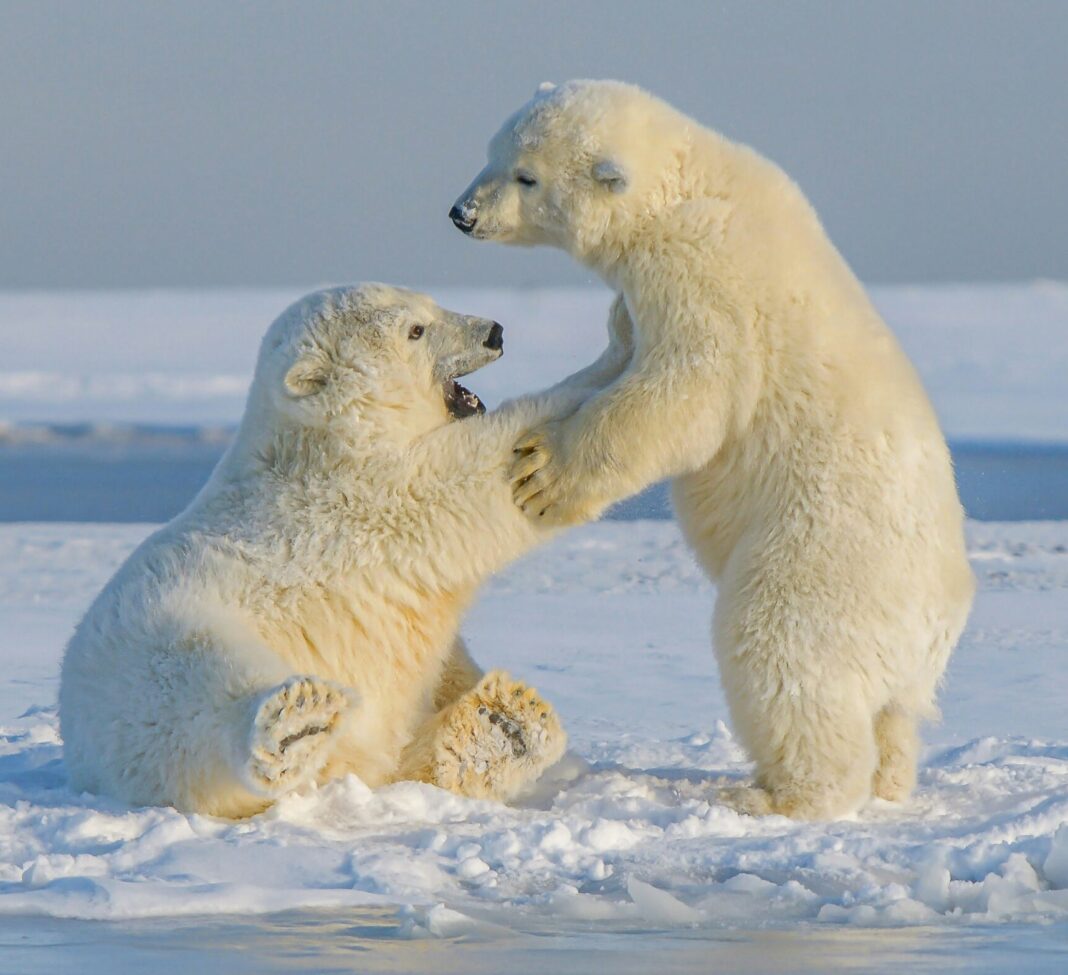Polar bears are one of nature’s marvels. Known for their stunning white fur, these magnificent creatures are often pictured roaming the icy landscapes of the Arctic. However, beneath their snowy exterior lies a surprising fact that many may not know: polar bears have black skin.
The Science Behind the Black Skin
The black skin of a polar bear plays a crucial role in its survival in the Arctic’s extreme cold. Black naturally absorbs more heat than lighter colors, and this characteristic helps polar bears absorb warmth from the sun’s rays more efficiently. Despite the frigid temperatures, the sun’s rays can be quite strong in the Arctic, making this feature invaluable.
Why White Fur?
If the skin is black, why is the fur white? The answer is the polar bear’s need for camouflage as well as insulation. Their fur is not actually white but translucent and hollow. This unique structure allows the fur to reflect visible light, giving polar bears their white appearance. This coloration helps them blend into their snowy and icy surroundings, making it easier to stalk prey such as seals. The hollow fur also plays an essential role in insulation. It traps heat and keeps the polar bears warm in freezing temperatures.
@1minuteanimals Polar Bear 🐻❄️ One Of The Cutest But Most Dangerous Animals In The Wild #polarbear #polarbears #polarbearcub #polarbeartiktok #polarbearsareangels ♬ original sound – 1 Minute Animals
